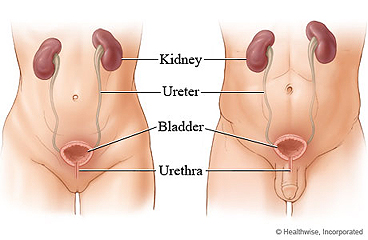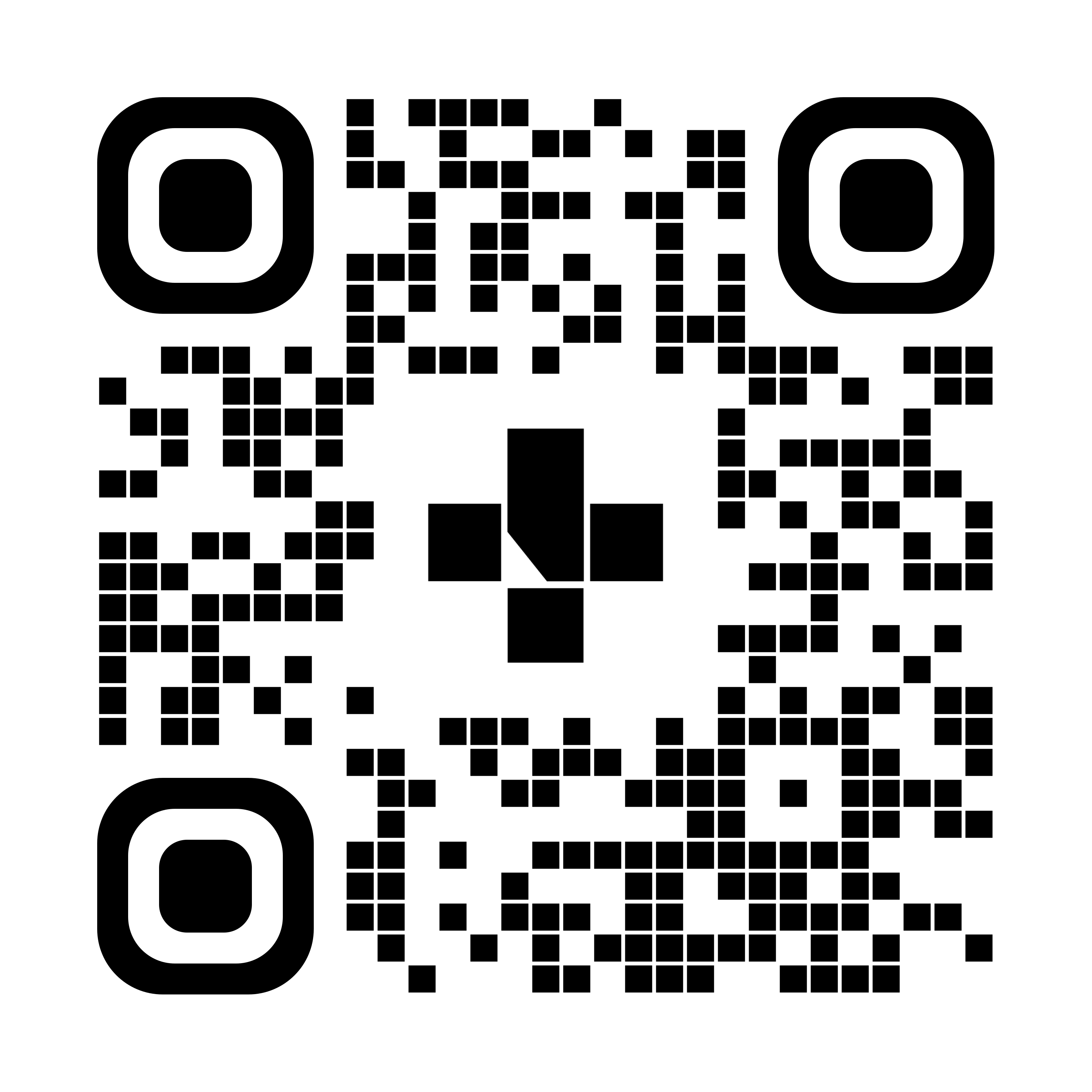Tumour Ablation for Kidney Cancer
What to expect at home

Your Recovery
Tumour ablation is a procedure to shrink a kidney tumour. It may be done in several ways, such as by sending heat, cold, or chemicals into the tumour. The doctor puts a special needle called a probe through your skin into the tumour in your kidney.
The area where the probe was put into your skin (the puncture site) may be sore for a day or two after the procedure. You may have a bruise. You may also have a dull pain in your back for a couple of days. This is called referred pain. It's caused by pain travelling along a nerve near the kidney.
You will have tests in the months after the procedure to check the kidney tumour to see how well the treatment worked.
This care sheet gives you a general idea about how long it will take for you to recover. But each person recovers at a different pace. Follow the steps below to get better as quickly as possible.
How can you care for yourself at home?
Activity
- Rest when you feel tired. Getting enough sleep will help you recover.
- Try to walk each day. Start by walking a little more than you did the day before. Bit by bit, increase the amount you walk. Walking boosts blood flow and helps prevent pneumonia and constipation.
- Avoid strenuous activities, such as bicycle riding, jogging, weight lifting, or aerobic exercise, until your doctor says it is okay.
- For 2 to 3 days after the procedure, avoid lifting anything that would make you strain. This may include a child, heavy grocery bags and milk containers, a heavy briefcase or backpack, cat litter or dog food bags, or a vacuum cleaner.
- You may shower 24 to 48 hours after the procedure, if your doctor says it is okay. Tape a plastic bag over the puncture site to keep it dry while you shower. Pat the puncture site dry. Do not take a bath for the first 7 days, or until your doctor tells you it is okay.
- Ask your doctor when you can drive again.
- Most people are able to return to work within 1 to 2 weeks after the procedure.
Diet
- You can eat your normal diet. If your stomach is upset, try bland, low-fat foods like plain rice, broiled chicken, toast, and yogurt.
- Drink plenty of fluids (unless your doctor tells you not to).
Medicines
- Your doctor will tell you if and when you can restart your medicines. You will also get instructions about taking any new medicines.
- If you stopped taking aspirin or some other blood thinner, your doctor will tell you when to start taking it again.
- Be safe with medicines. Take pain medicines exactly as directed.
- If the doctor gave you a prescription medicine for pain, take it as prescribed.
- If you are not taking a prescription pain medicine, ask your doctor if acetaminophen (Tylenol) is safe for you. Also, ask how much you can safely take.
- Do not take aspirin, ibuprofen (Advil, Motrin), naproxen (Aleve), or other non-steroidal anti-inflammatory drugs (NSAIDs) unless your doctor says it is okay.
- If you think your pain medicine is making you sick to your stomach:
- Take your medicine after meals (unless your doctor has told you not to).
- Ask your doctor for a different pain medicine.
- If your doctor prescribed antibiotics, take them as directed. Do not stop taking them just because you feel better. You need to take the full course of antibiotics.
Care of the puncture site
- Keep a bandage over the puncture site for the first 2 or 3 days, or until your doctor says you can take it off.
- After the doctor says it is okay to take off the bandage, wash the area daily with warm water and pat it dry. Don't use hydrogen peroxide or alcohol, which can slow healing. You may cover the area with a gauze bandage if it weeps or rubs against clothing. Change the bandage every day.
- Keep the area clean and dry.
- Put ice or a cold pack on the area for 10 to 20 minutes at a time to help with soreness or swelling. Put a thin cloth between the ice and your skin. You can do this 2 or 3 times a day.
Follow-up care is a key part of your treatment and safety. Be sure to make and go to all appointments, and call your doctor or nurse advice line (811 in most provinces and territories) if you are having problems. It's also a good idea to know your test results and keep a list of the medicines you take.
When should you call for help?
Call911 anytime you think you may need emergency care. For example, call if:
- You passed out (lost consciousness).
- You are short of breath.
Call your doctor or nurse advice line now or seek immediate medical care if:
- You have loose stitches, or your incision comes open.
- You are bleeding from the area where the probe was inserted.
- You have a fast-growing, painful lump at the puncture site.
- Bright red blood has soaked through the bandage over your incision.
- You are vomiting or coughing up blood.
- You have signs of a blood clot in your leg (called a deep vein thrombosis), such as:
- Pain in your calf, back of the knee, thigh, or groin.
- Redness or swelling in your leg.
- You have signs of infection, such as:
- Increased pain, swelling, warmth, or redness near the puncture site.
- Red streaks leading from the puncture site.
- Pus draining from the puncture site.
- A fever.
- Chills, back pain, or foul-smelling urine.
- You have pain that does not get better after you take pain medicine.
- You are sick to your stomach or cannot drink fluids.
- You cannot pass stools or gas.
- You do not pee (no urine output) for 24 hours after the procedure.
Watch closely for changes in your health, and be sure to contact your doctor or nurse advice line if you have any problems.
To see this information online and learn more, visit MyHealth.Alberta.ca/health/aftercareinformation/pages/conditions.aspx?hwid=custom.ab_kidney_cancer_tumor_ablation_ac

For 24/7 nurse advice and general health information call Health Link at 811.
Current as of: April 1, 2024
Author: Diagnostic Imaging, Alberta Health Services
This material is not a substitute for the advice of a qualified health professional. This material is intended for general information only and is provided on an "as is", "where is" basis. Although reasonable efforts were made to confirm the accuracy of the information, Alberta Health Services does not make any representation or warranty, express, implied or statutory, as to the accuracy, reliability, completeness, applicability or fitness for a particular purpose of such information. Alberta Health Services expressly disclaims all liability for the use of these materials, and for any claims, actions, demands or suits arising from such use.
